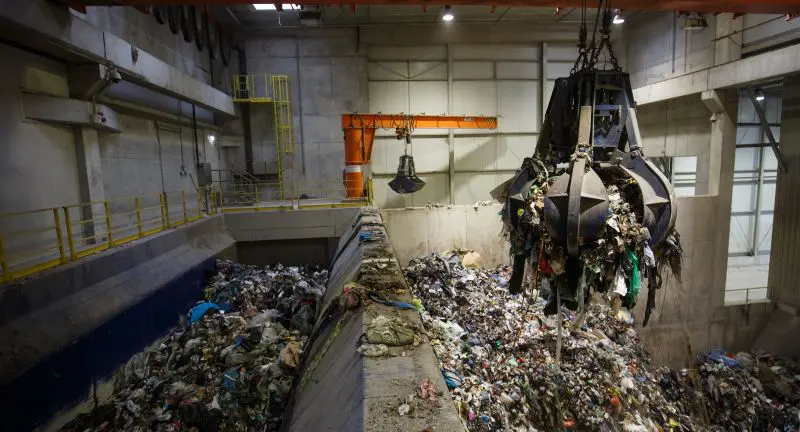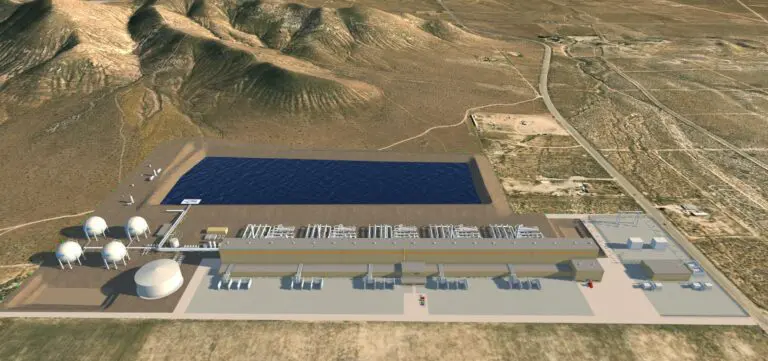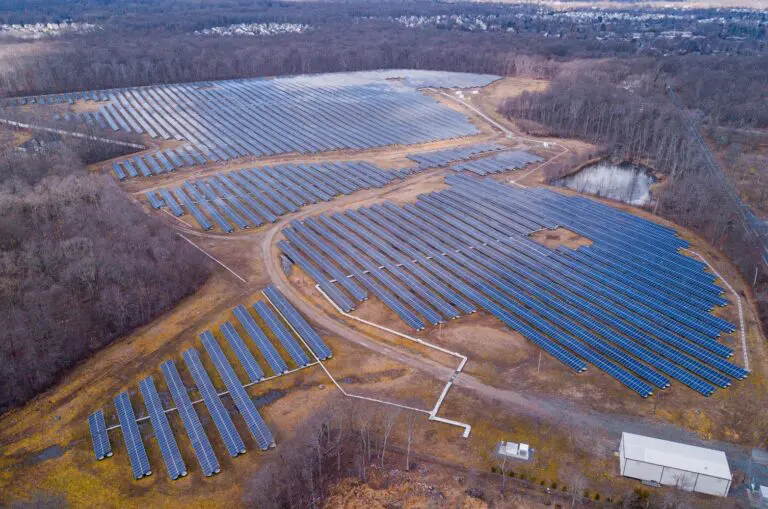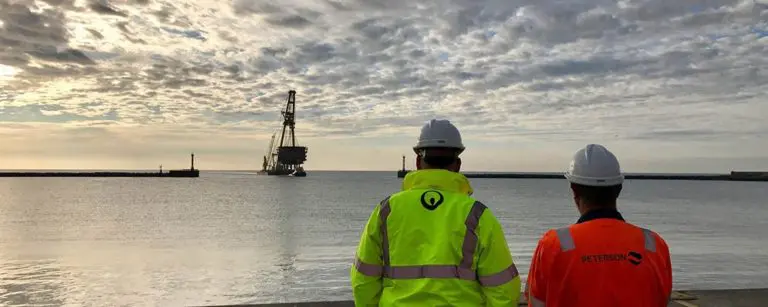Covid-19 has exacerbated the existing plastic crisis in the US. The waste-to-energy sector offers solutions.
In the US, Covid-19 has led to a surge in waste volume.
The Solid Waste Association of North America (SWANA), a trade organization for public and private waste professionals, has recorded an uptick of residential waste by as much as 8% this spring compared to last. Environmental NGO Keep America Beautiful reported that in 2020, 24 billion pieces of litter dotted highways while 26 billion pieces polluted waterways.

These large amounts of waste require collection and recycling, efforts compromised on account of manpower shortages and difficulties in enforcing infection control measures. Another factor adversely affecting recyclability is China’s 2018 plastic import ban, which has served to drive down prices for low-quality scrap, that is, items such as improperly cleaned food packaging or poorly sorted recyclable materials. Coupled with a slow economy and cheaper alternatives to recycling, the country has seen many of its businesses and communities temporarily suspend the collection of recyclables.
Against the looming piles of garbage, waste-to-energy has been posited as a potential solution, the idea being that a reduction of waste sent to landfill would reduce methane emissions.
Waste-to-energy: A ready solution?
Since 2000, the waste-to-energy industry has been in decline in the US, when environmental groups and residents opposed the build of said facilities on grounds of their being prime generators of pollution. As of 2019, there were 75 waste-to-energy facilities in the US, down from 87 about ten years ago. Beyond environmental concerns, low electricity costs, as well as the difficulty in sourcing sufficient amounts of waste, have also helped render the extraction of energy via the burning of waste a hard sell in the US, unlike in Europe, where the market is flourishing.
The latter reason, at least, appears to be less of an obstacle, with James Regan, senior director of corporate communications for Covanta, one of the largest recycling companies in the world, maintaining that it makes more sense at this stage to generate energy out of the looming piles of existing trash.
Existing garbage to gas programmes such as the landfill in St. Landry Parish, LA, started as a way to get carbon credits by burning methane but progressed into a viable energy resource for the landfill’s contractor Waste Connection’s 12 garbage trucks, the landfill’s five pickup trucks as well as six trucks for litter abatement teams.
Frank Roethel, director of the Waste Reduction and Management Institute at the State University of New York, said: “Here you have the Biden administration talking about climate change, and talking about strategies that could help reduce emissions. And waste to energy doesn’t necessarily get the recognition, but it could certainly reduce emissions.”
The amount of emissions saved in this fashion might not be ground-breaking but represents a step in the right direction, especially when the alternative is to let waste pile up without doing anything.







